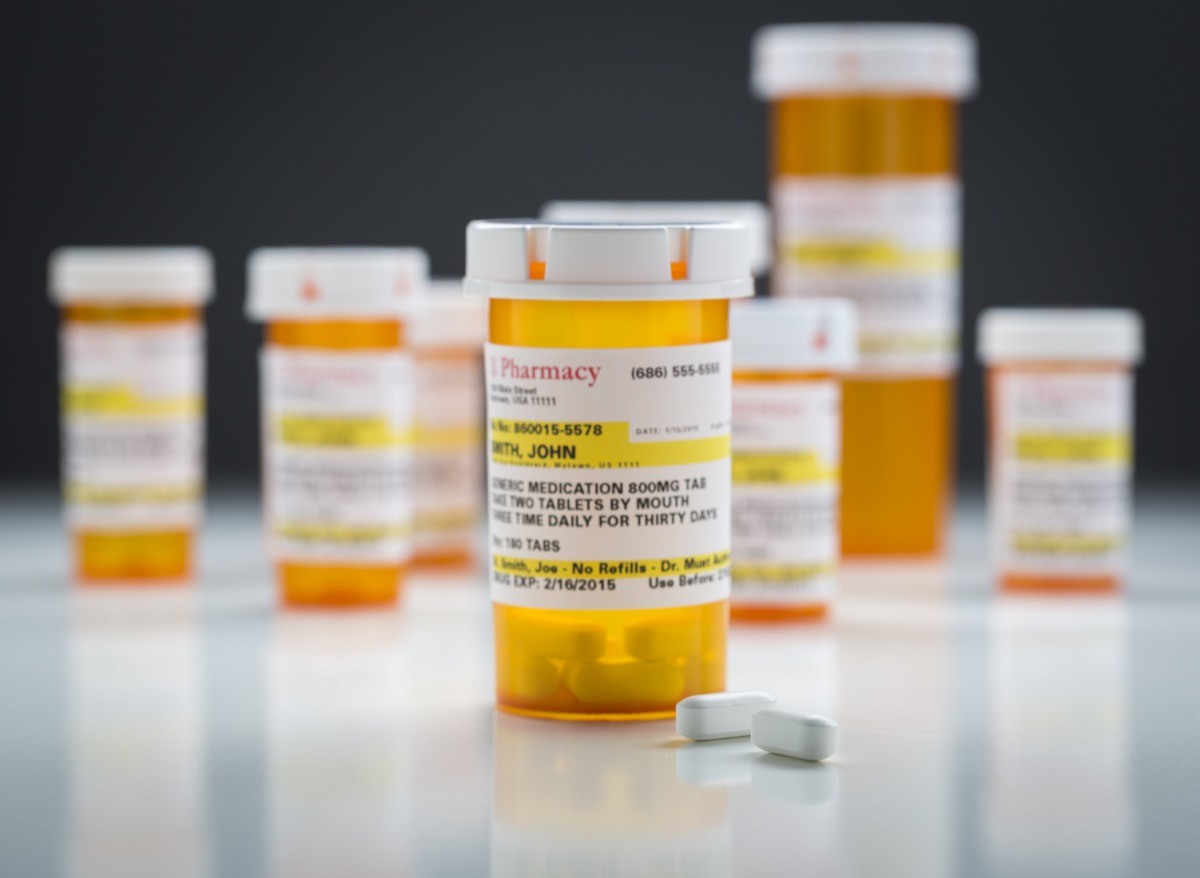Major Medicare Advantage Changes Coming in 2025 You Need to Know About

Big changes are coming to Medicare Advantage plans in 2025, thanks in part to the Inflation Reduction Act. “It’s going to be a tough open enrollment because nothing like this has happened in Medicare since the inception of Medicare Part D in 2006,” Jason Rubin, an independent insurance agent in Southern California who specializes in Medicare, tells Investopedia. “These are uncharted waters. I feel it’s going to take a couple of years to stabilize, and 2025 is like a test to see how well 2026 is going to work.” Here’s what changes to expect with Medicare Advantage plans next year.
RELATED: Big Changes Coming to Social Security.
$2000 Limit For Copays and Coinsurance

There will be a new hard $2000 limit for out-of-pocket drug spending. “The enrollee pays 100% of their gross covered prescription drug costs until the deductible of $590 for 2025 is met,” says the Centers for Medicare & Medicaid Services. Initial coverage will change too. “The enrollee pays 25% coinsurance for covered Part D drugs. The sponsor typically pays 65% of the cost of applicable drugs and 75% of the cost of all other covered Part D drugs. The manufacturer, through the Discount Program, typically covers 10% of the cost of applicable drugs. This phase ends when the enrollee has reached the annual OOP threshold of $2,000 for 2025.” For catastrophic, enrollees pay no cost for covered drugs. “Sponsors typically pay 60% of the costs of all covered Part D drugs. The manufacturer pays a discount, typically equal to 20%, for applicable drugs. CMS pays a reinsurance subsidy equal to 20% of the costs of applicable drugs and equivalent to 40% of the costs of all other covered Part D drugs that are not applicable drugs.” The $2000 limit is based on inflation and may change over the years.
Reduced Benefits

Medicare Advantage plans including Part D may reduce benefits. “This year, the plans didn’t get as much raise in payments as anticipated,” David Lipschutz, co-director of the Center for Medicare Advocacy, tells Investopedia. “They get paid considerably and overpaid by all independent estimates. To grow profit margins, plans may cut benefits and pull out of unprofitable areas, but these are business decisions.”
Covered Medications

While federal rules prevent insurers from making specific drugs unavailable, certain expensive medications could become much harder to access. “Your doctor may need to give clinical information on why that drug is necessary for you, or you’ll have to first try another drug through step therapy, such as a generic,” Rubin says. “Then, once the non-formulary drug is approved, we don’t know the cost.”
Spreading Out Payments

Enrollees will have the option of spreading out payments for drugs, instead of paying all at once. It will not be more than $166.67 per month thanks to the $2000 limit.
RELATED: Over 60? Watch for Financial Red Flags.
Unused Benefits

Medicare Advantage enrollees will get a letter mid-year to inform them of unused benefits. “We say this every year, but because of the [Inflation Reduction Act] changes, you need to shop around and ensure your drugs are covered under your plan,” Lipschutz says. “Unfortunately, MA and Part D private plans have built a system for savvy, active, and engaged consumers. The system relies on people to compare choices and make decisions in their best interest.”
Mental Health Care

More mental health providers can enroll as Medicare providers in 2025, making it easier for enrollees to access care when they need it. This includes licensed mental health counselors (LMHCs), addiction counselors, and marriage and family therapists (LMFTs).
Dementia Support

Medicare Advantage enrollees will have access to GUIDE (Guiding an Improved Dementia Experience), a 2025 program created to support people living with dementia and the people who take care of them.
Prior Authorizations

As of 2025, all Medicare Advantage plan insurers are required to publicly evaluate the impact of burdensome prior authorizations on vulnerable populations. In 2026 a new law will go into place requiring insurers to respond to prior authorization requests within a week instead of two weeks.